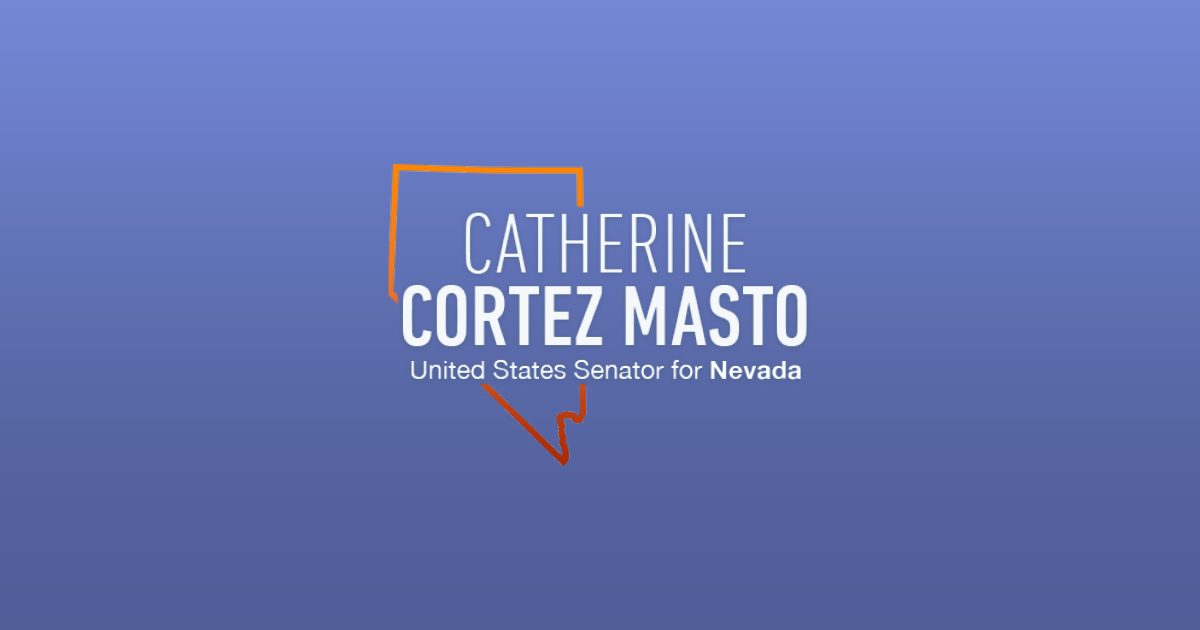Source: United States Senator for Nevada Cortez Masto
In Case You Missed It, Senator Catherine Cortez Masto (D-Nev.) is leading the charge in Congress to address the growing threat of xylazine, the horse tranquilizer “contributing to the rise in overdose deaths across the country.”
New York Times: The Fight Over a Drug That Is Great for Horses but Horrific for Humans
By Jan Hoffman, 4/20/23
To Dr. Spratling, xylazine is a vital analgesic and sedative, which he also occasionally uses in cattle, for procedures like C-sections in cows and penile injury repairs in bulls. It’s a staple for zoo veterinarians, too.
But in the last few years, the drug has also turned into something else: a cheap, addictive adulterant to illicit fentanyl that is contributing to the rise in overdose deaths around the country. The xylazine-fentanyl combo, known in the drug trade as “tranq dope,” is a life-threatening mix that depresses breathing, heart rate and blood pressure, and can cause blackened, chemical burn-like flesh wounds that can lead to amputation.
In a xylazine alert in March, the Drug Enforcement Administration said that in 2022, it had detected the drug in nearly a quarter of the confiscated fentanyl samples in 48 states.
Law enforcement agents are pressing for xylazine to be listed as a controlled substance, which would criminalize distribution for human use. Currently, the police can’t arrest a person for sales or distribution of xylazine. Their resources to track down its production are modest. A controlled-substance designation would make a crucial difference, law enforcement officials said.
But veterinarians fear that if that happened, their access to the medicine would be heavily regulated. They would have to maintain separate logbooks for federal inspection. More worrisome: Production of a classified drug would require additional quality control and security measures so costly that a manufacturer could raise the drug’s price or just stop making it altogether.
[…]
Last month, a bipartisan bill introduced in both chambers of Congress by members from rural states — including Nevada, Iowa, New Hampshire, California, Florida, Texas and Colorado — offered a compromise. Rather than listing xylazine as a controlled substance, the bill proposes that a person who employs it for “illicit” purposes — sales or distribution for human use — would face the same penalties as if it were listed as a Schedule III drug, including fines up to $500,000 and a first-offense sentence of up to 10 years in prison.
Controlled substances are classified according to medical need and potential for abuse and addiction. Schedule III includes buprenorphine, the medication used to treat opioid use disorder. By comparison, Schedule I includes heroin and L.S.D. Schedule II includes oxycodone and fentanyl, which can be prescribed for pain.
Legislators said this path represented a hard-fought middle ground for bipartisan buy-in and, they hope, a fast track to passage.
“We need to make sure that we make it illegal for human use because of the devastating impact we see, but I also know, working with cattlemen and the ranchers in my state, that they need to be able to treat their horses and large animals with this drug,” said Sen. Catherine Cortez Masto, a Nevada Democrat, who introduced the bill with Sen. Chuck Grassley, an Iowa Republican, and Sen. Maggie Hassan, a New Hampshire Democrat.
Their bill has been endorsed by veterinary, rancher and police associations. If enacted, it would require manufacturers to enhance xylazine record-keeping and send tracking reports to a D.E.A. database. Law enforcement agents could pursue dealers.
But it exempts the legal use of xylazine for “administration to nonhuman species.” With that carve out, veterinarians would not face the restrictions of a controlled substance.
[…]
###
